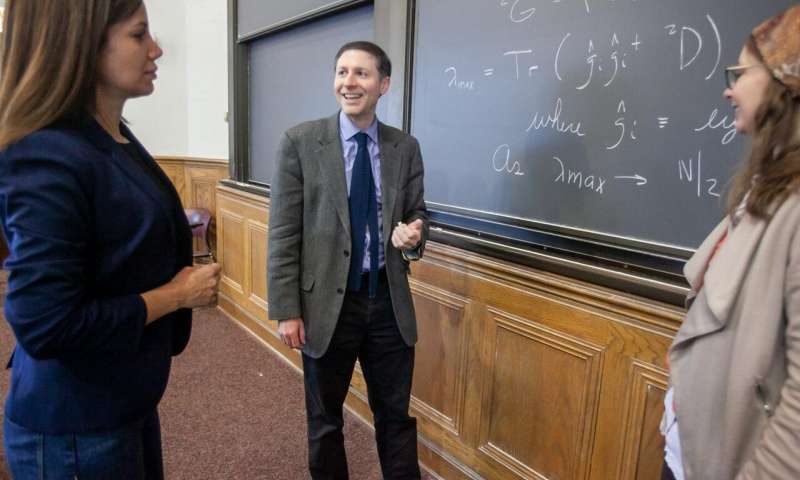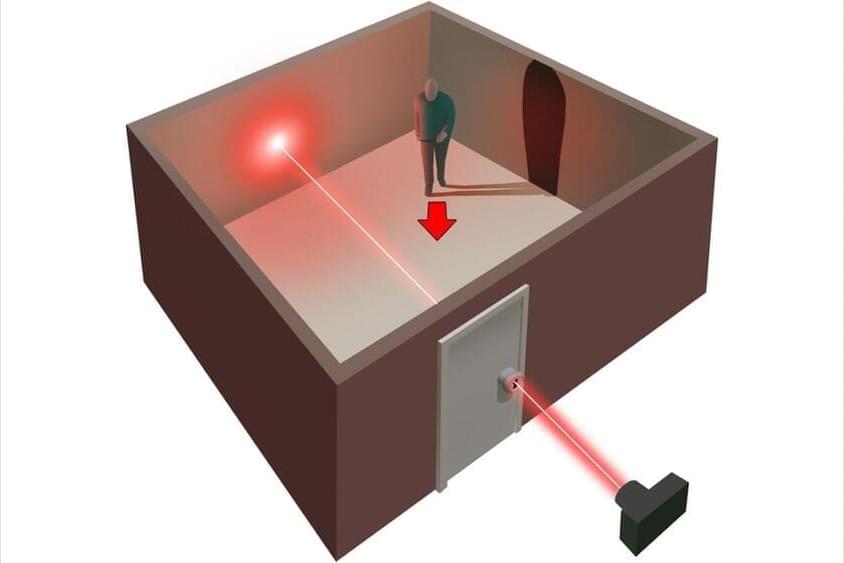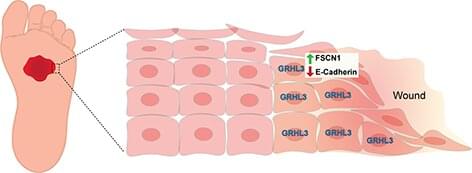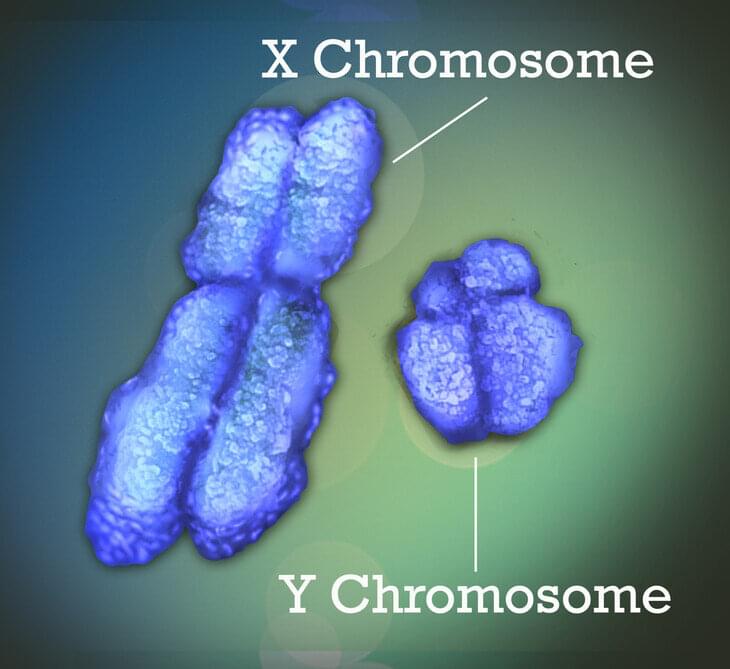Sep 10, 2021
Researchers unveil ransomware detection and recovery method for SSDs
Posted by Genevieve Klien in categories: cybercrime/malcode, electronics
Forward-looking: A team of researchers have devised a new method for protecting SSDs from ransomware attacks. It can detect ransomware, stop it in its tracks, and even recover stolen data in a matter of seconds. The cost should only be a minor increase in the SSD’s latency.
The Register spoke with the researchers, who come from Inha University, the Daegu Gyeongbuk Institute of Science & Technology (DGIST), the University of Central Florida (UCF), and the Cyber Security Department at Ewha Womans University (EWU). The system, called SSD-Insider, is supposedly almost 100 percent accurate and has been tested on real-world ransomware.
Continue reading “Researchers unveil ransomware detection and recovery method for SSDs” »


















